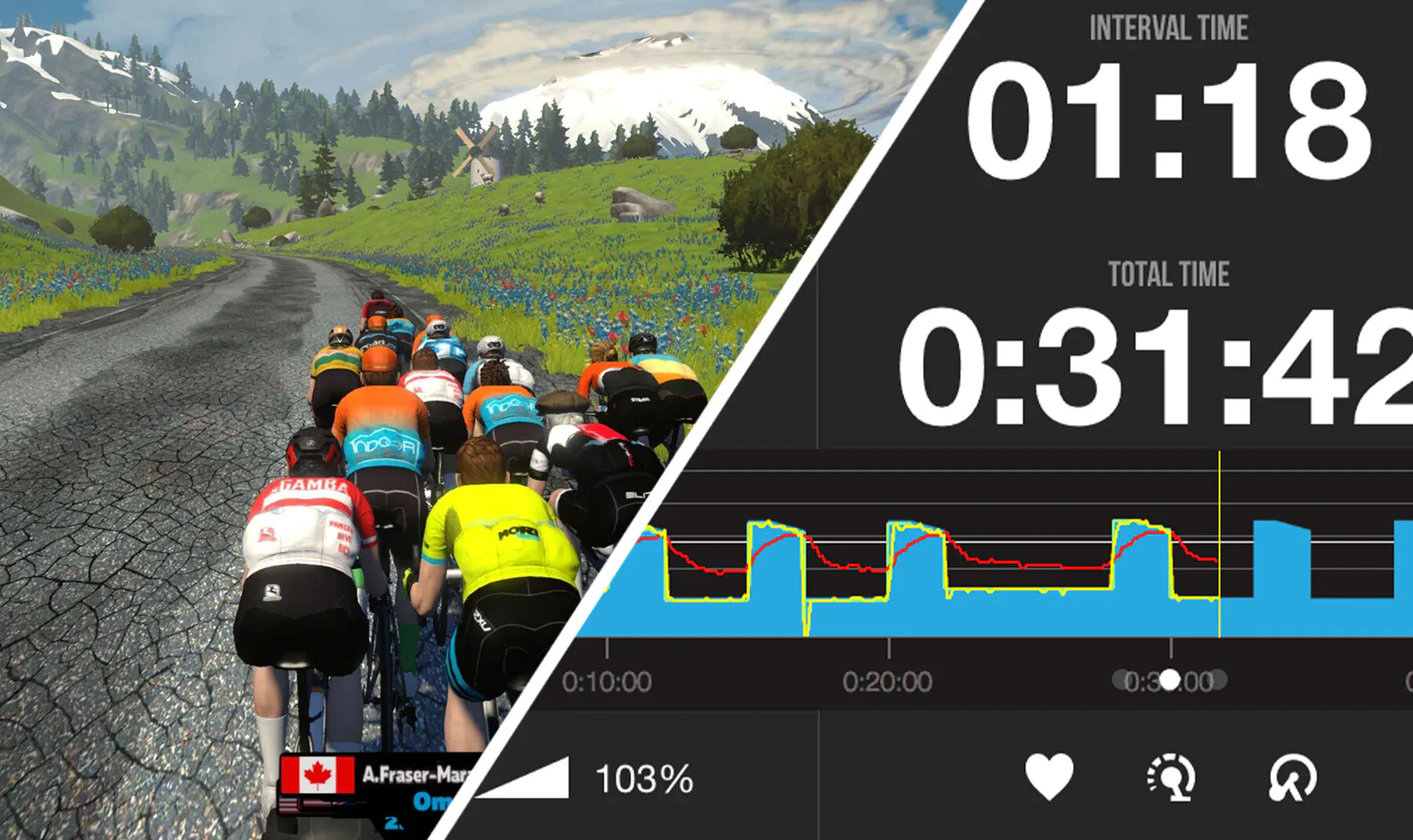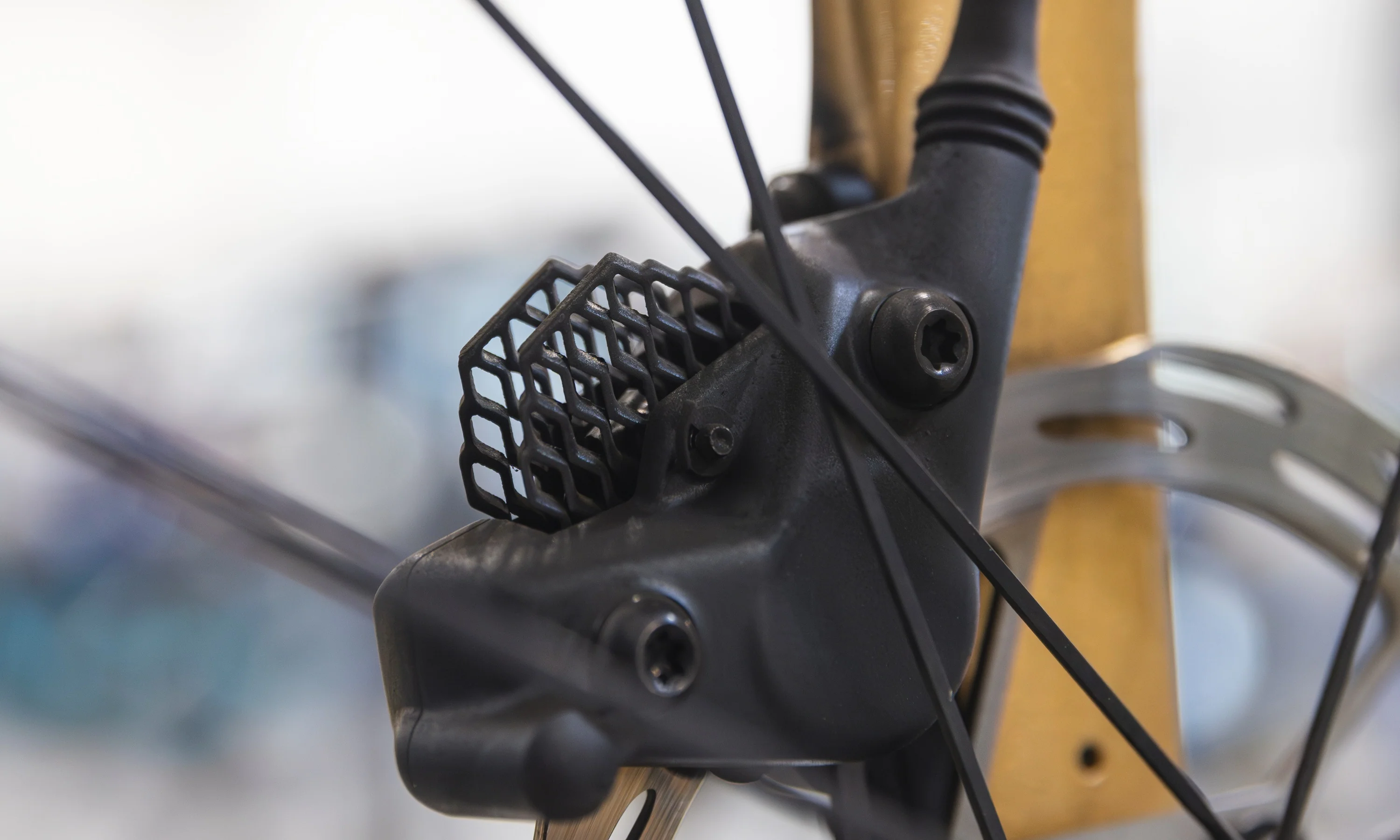I’m not here to convince you that aluminum bikes are “better.” I don’t intend to start an argument about durability, or weight, or ride characteristics. No, instead, I want to tell you a story about how I kicked aluminum to the curb, then came crawling back years later like a regretful divorcee.
The other night I got teary-eyed looking at some old photos of my first love, a humble Cannondale CAAD10. I was still a fresh-faced cyclist then, so naive and happy. The bug had just bitten and I became a college cliche, surviving on ramen to buy budget alloy wheels and a used Thomson stem and seatpost. They weren’t the greatest parts, but I was supremely proud of my “build.”
[button]Shop aluminum bikes[/button]

A simpler time. This was my first "gravel" ride. I didn't know any better and thought my bike handled it like a champ.
I stuck with that bike for more than five years. I did my first road race, then my first century. I fit 28mm tires on it and experimented with gravel. If I think about it, the foundation of my whole cycling career was built on an aluminum bike. Then I graduated college, got money, and everything changed.
I started working in the cycling industry and it was hard to keep my eyes from wandering. I was constantly surrounded by carbon super-bikes. I got dropped by fast people who all rode carbon super-bikes. I sold carbon super-bikes to other riders by extolling the virtues of carbon super-bikes.[newsletter]
Before I knew it, I unceremoniously dumped my CAAD10 on Craigslist and replaced it with a SuperSix Evo Hi-Mod that was younger, prettier, and more exciting. I had convinced myself that carbon was the cornerstone of performance while aluminum was for beginner bikes.
My appetite kept growing. I began dabbling in all sorts of riding. I built a huge and expensive quiver filled with carbon bikes. There was one for every discipline: road, cyclocross, XC, and enduro mountain biking.
I was happy for a few years, but then, disaster struck. I imploded on a large drop during an enduro race and watched in cinematic, slow-mo horror as my brand-new mountain bike tomahawked down the mountain. It pinballed off rocks and roots, cracking the downtube and rear triangle. In an instant, my carbon super-bike became an expensive piece of wall art.

My bike's downtube after the accident. A crushing monument to my folly.
I had a mild concussion and a severely sprained ankle that kept me off the bike for weeks. Laid up on the couch, I had time to reflect. It was my third serious crash of the year, and the second frame I had cracked. I was getting a reputation for breaking things, and not in a cool way, like a pro riding at the limit. I was just the guy who was constantly crashing.
I hated myself. I thought I was garbage at cycling. Why was I buying all these expensive carbon-fiber bikes when I couldn’t even cross the finish line in one piece? I decided that summer — I was going back to aluminum.
Don’t get me wrong. I have nothing against carbon. In fact, I think carbon is amazing, and I still get excited when I see featherweight frames or shapely aero tubing. The stiffness, weight, and aero advantages can’t be beat and, in most cases, it’s extremely tough and reliable. Plenty of riders who go hard and abuse equipment do just fine on carbon. Plus, if you experience a worst-case crash like mine, it’s actually easily repaired.
No, the problem isn’t carbon bikes — it’s me.

Me on a fancy new carbon road bike and Spencer on an ancient 7-speed steel bike. He still put me in the hurt locker. Clearly, the bike didn't matter.
It’s too easy for me to be sucked in by hype. I’m a huge tech nerd who’s fixated on what the best riders are using. And I always end up copying them. Every year I bought a new bike because it was one gram lighter or .001% stiffer than my last bike. I was convinced it would help me win races, drop my friends, and steal Strava KOMs. I was never satisfied, always spending money on a newer, better bike. But no bike ever made me a better rider. I was starting to see that as a problem. I became too focused on the bike, and not the rider.
I needed to keep things simple. I wanted to rediscover that naive young man who was thrilled by the joys of cycling rather than constantly hunting for the next upgrade. I wanted to push my limits and watch my bike tomahawk down the mountain without an ounce of apprehension. I wanted to go on group rides and not constantly compare my bike to everyone else’s, wondering if mine is lighter or more aero, or blaming my bike for my shortcomings. I wanted to look at my bike and not feel guilt about the thousands of dollars that I could have put into my son’s empty college fund.

My new raw aluminum mountain bike. It was built in a barn by guys who care more about durability than weight. For me, it represents a fresh start. It's simple, tough, and more than enough. And just look at those gorgeous welds!
Last year, I went to my friends at REEB Cycles and had them build me a beefy aluminum enduro bike that’s near-indestructible. I’ve already laid it down a few times and put a couple of dings and dents in it, but surprisingly, I don’t care. The bike takes the hits and keeps on going.
Also, I’m not alone in my rediscovery of aluminum. Read any recent bike reviews and you’ll see plenty of writers talk about the “aluminum resurgence” or the “aluminum renaissance.” More brands are releasing high-end aluminum bikes that can compete with carbon bikes.
Plenty of crit racers, including some top riders, still race on aluminum. One of our Customer Experience Representatives, Caroline Shaw, is an experienced racer and explained to me why she chooses aluminum too.

Caroline (in orange) isn't afraid to take control of the race on her aluminum Allez Sprint. Photo by Leman Northway.
“I love my aluminum! I love the responsiveness,” she says. “As a crit racer and a sprinter that's one of the most important things for me. When I got it, I was a collegiate cyclist with a low budget and a tendency to crash a lot. Following the mantra of ‘don't race what you can't replace,’ I went with the more affordable and durable bike option.”
That sort of thinking resonates with me and it helped convince me to build up my own aluminum Allez Sprint frame to replace my carbon road bike.
On the mountain bike side of things, a good chunk of enduro and downhill riders have always been aluminum faithful. The two best downhill racers in the world right now, Loic Bruni and Amaury Pierron, race aluminum bikes so I’m definitely in good company.
No matter what bike you ride, cycling should be fun. For some people, that means riding tricked-out carbon bikes that get you every marginal gain. If that brings you joy, then don’t let me stop you. I think that’s awesome.
But I want to remain loyal to my simple and rugged aluminum bikes for as long as I can. I don’t need anything more right now. Are they slower than carbon bikes? Maybe. Does it matter? Not at all. I smile when I ride them and that’s all I care about.
Are you an aluminum aficionado? Or a carbon connoisseur? Let us know in the comments!

























